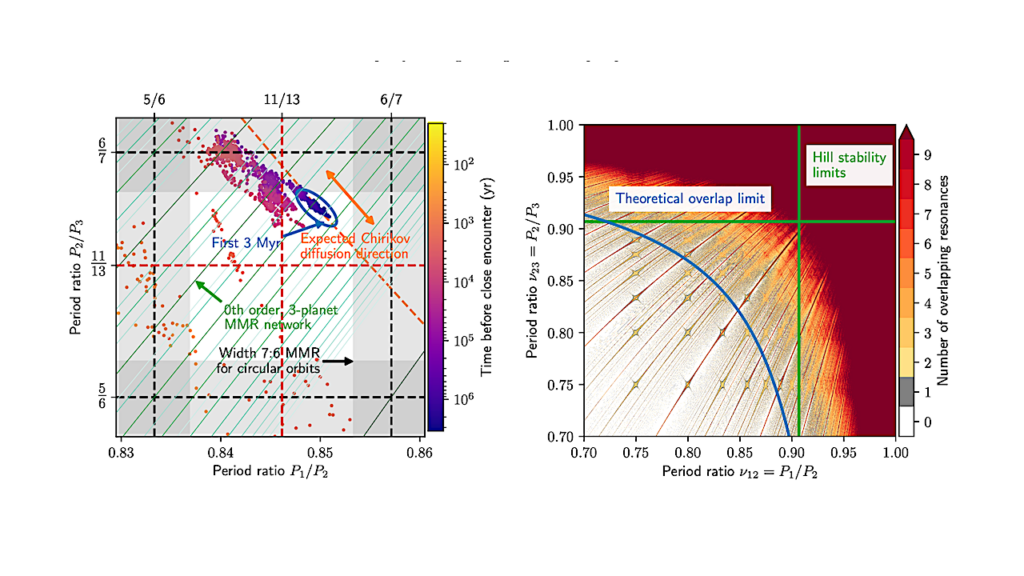How to Find a Planet from Transit Variations

Here we describe a story behind the discovery of Kepler-46, which was the first exoplanetary system detected and characterized from a method known as the transit timing variations (TTVs).
The TTV method relies on the gravitational interaction between planets orbiting the same star. If transits of at least one of the planets are detected, precise measurements of its transit times can be used, at least in principle, to detect and characterize other non-transiting planets in the system.
Kepler-46 was the first case for which this method was shown to work in practice. Other detections and characterizations followed (e.g., Kepler-88). The TTV method plays an important role in addressing the incompleteness of planetary systems detected from transits.
David Nesvorny
(Submitted on 10 May 2019)
Comments: New Astronomy Reviews
Subjects: Earth and Planetary Astrophysics (astro-ph.EP)
Cite as: arXiv:1905.04262 [astro-ph.EP] (or arXiv:1905.04262v1 [astro-ph.EP] for this version)
Submission history
From: David Nesvorny
[v1] Fri, 10 May 2019 17:07:05 UTC (263 KB)
https://arxiv.org/abs/1905.04262
Astrobiology








